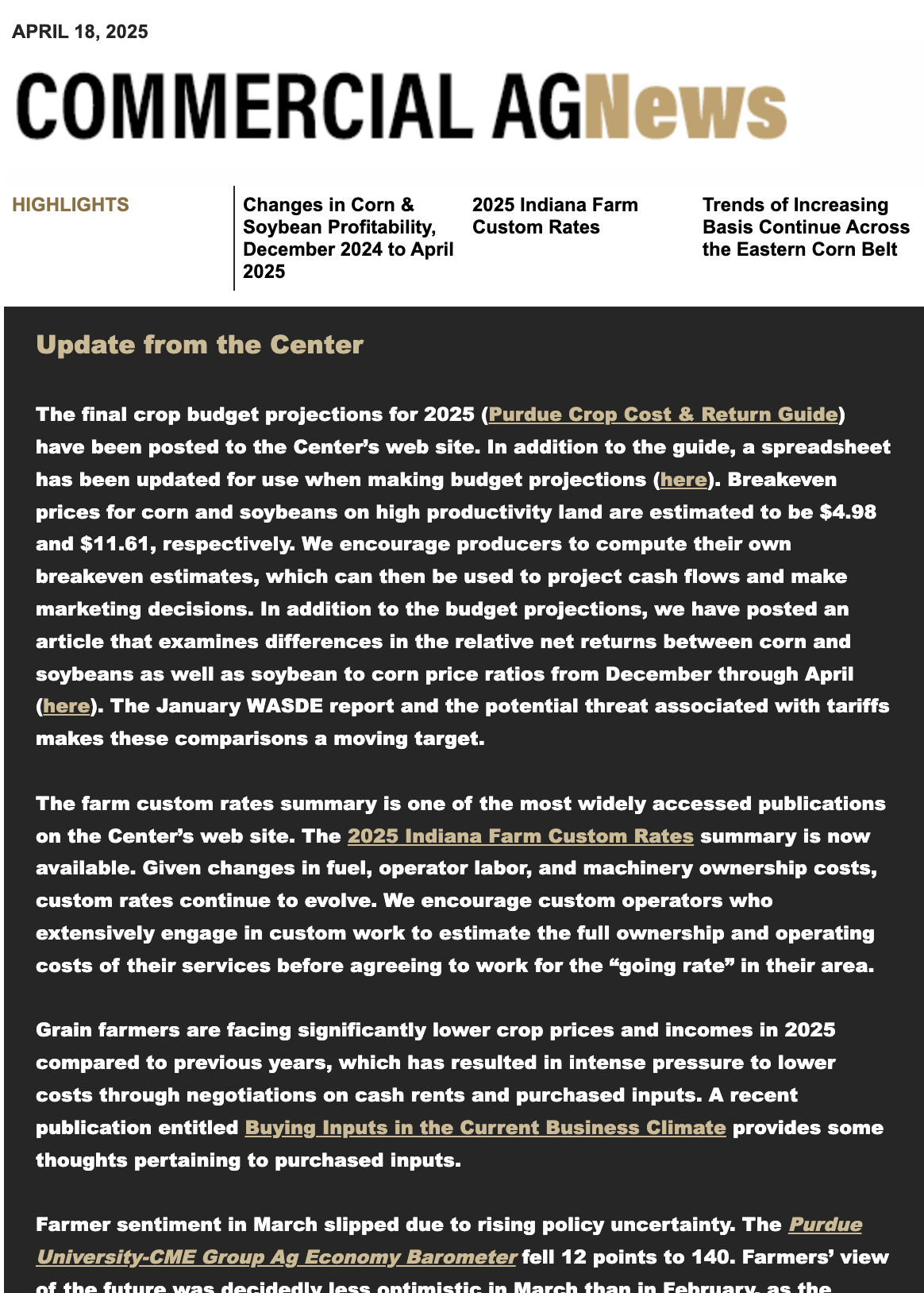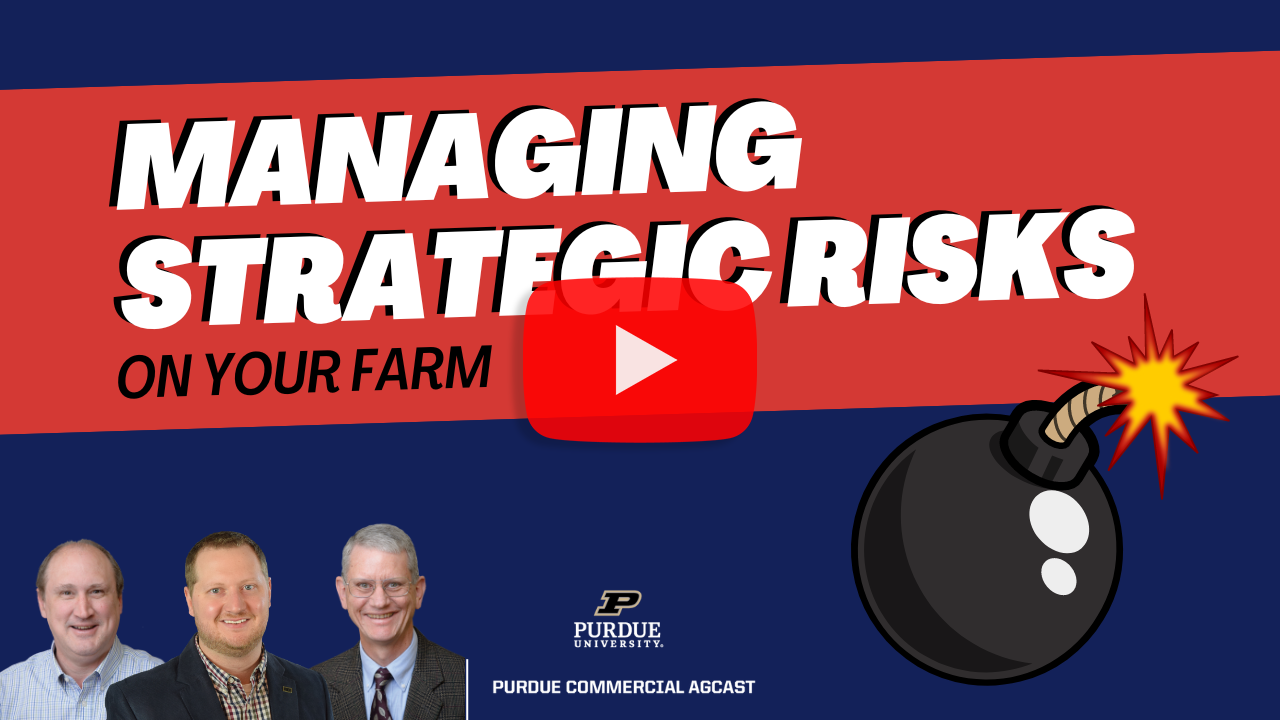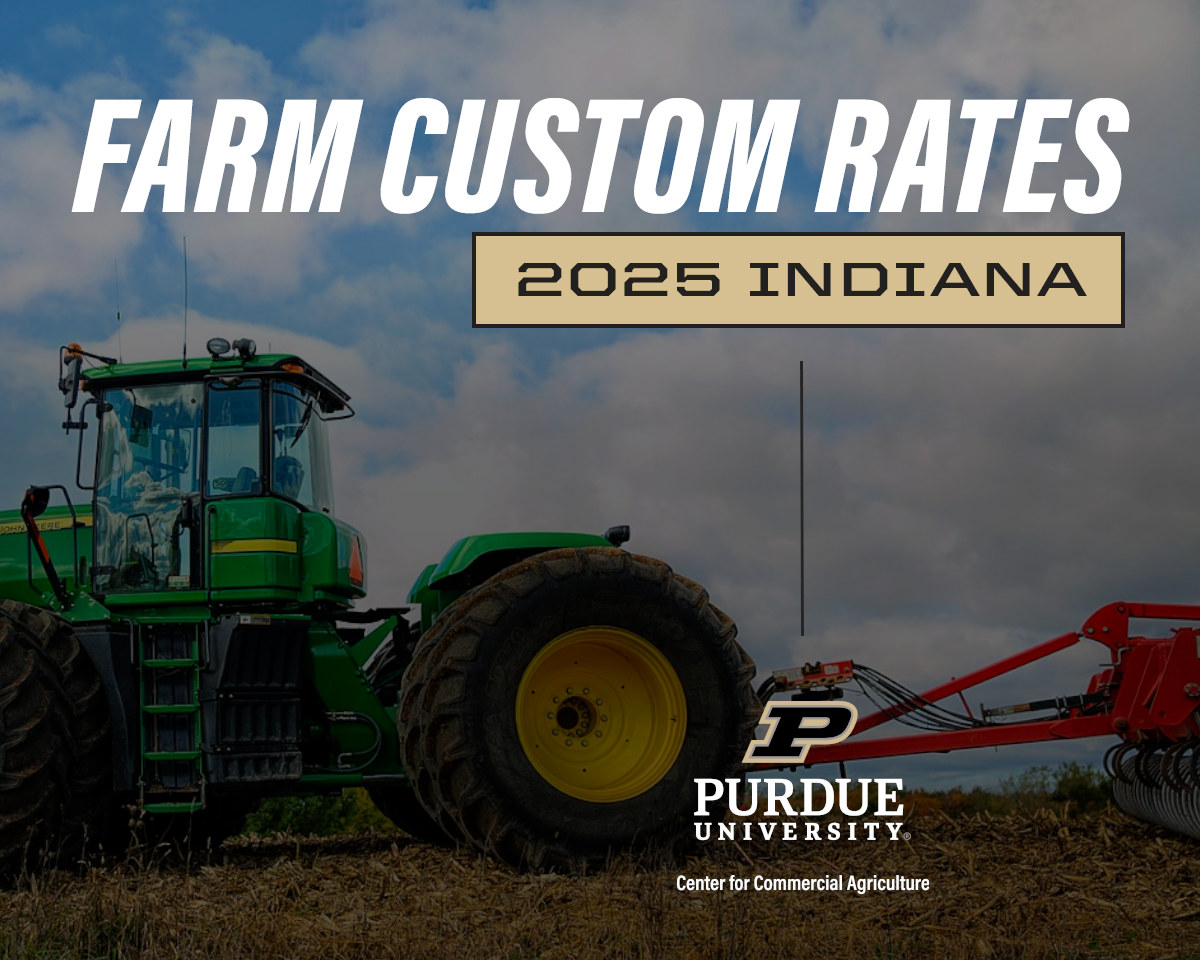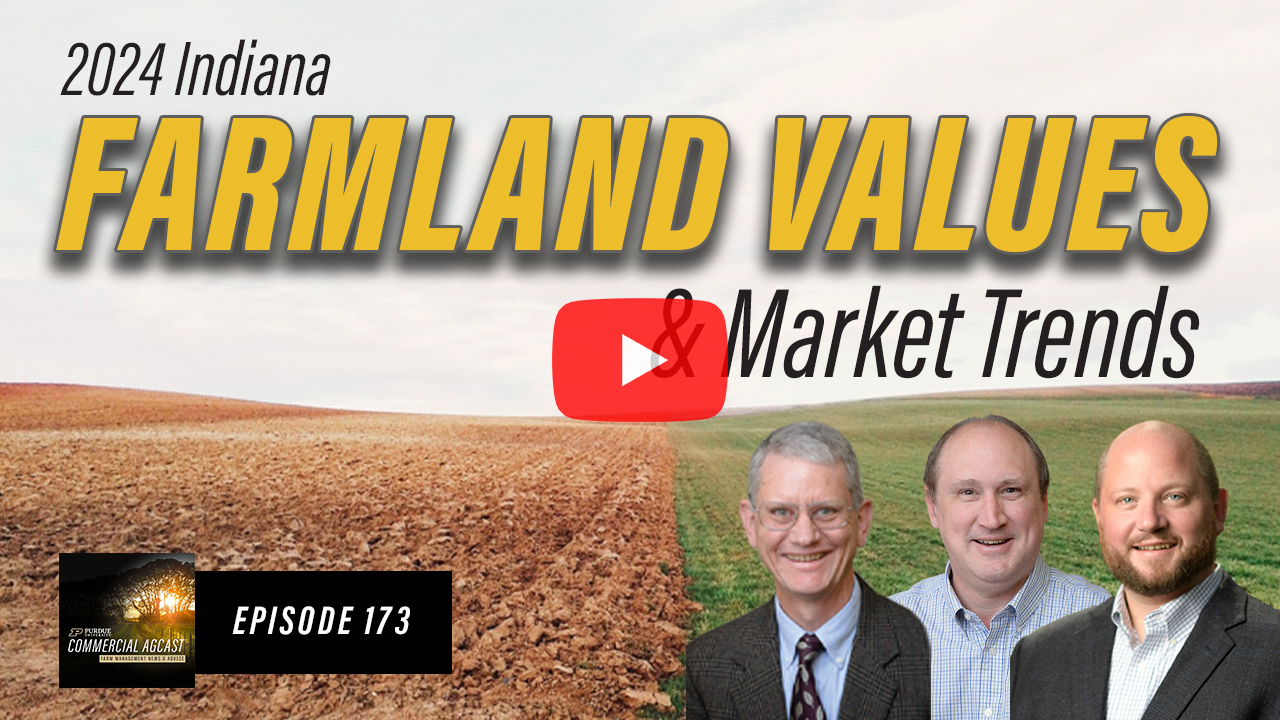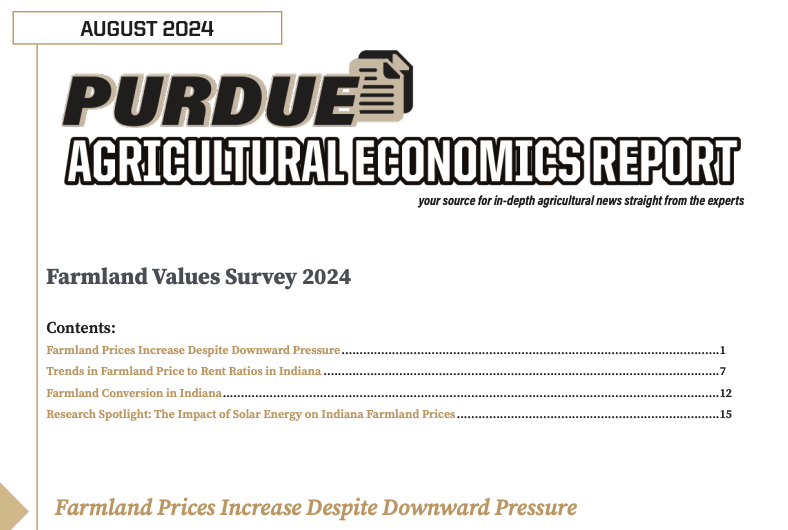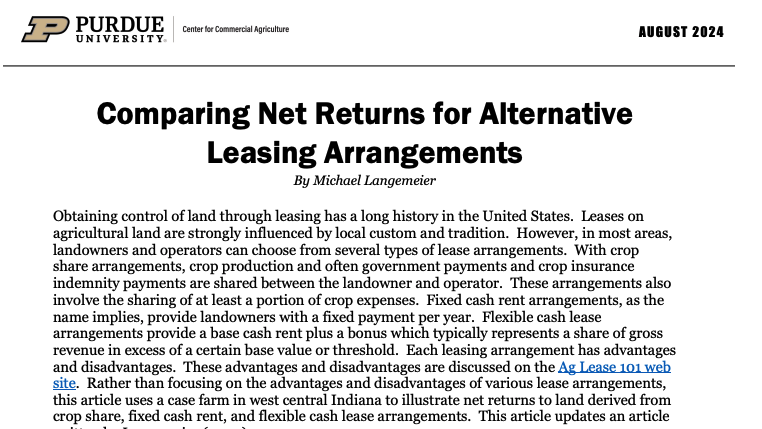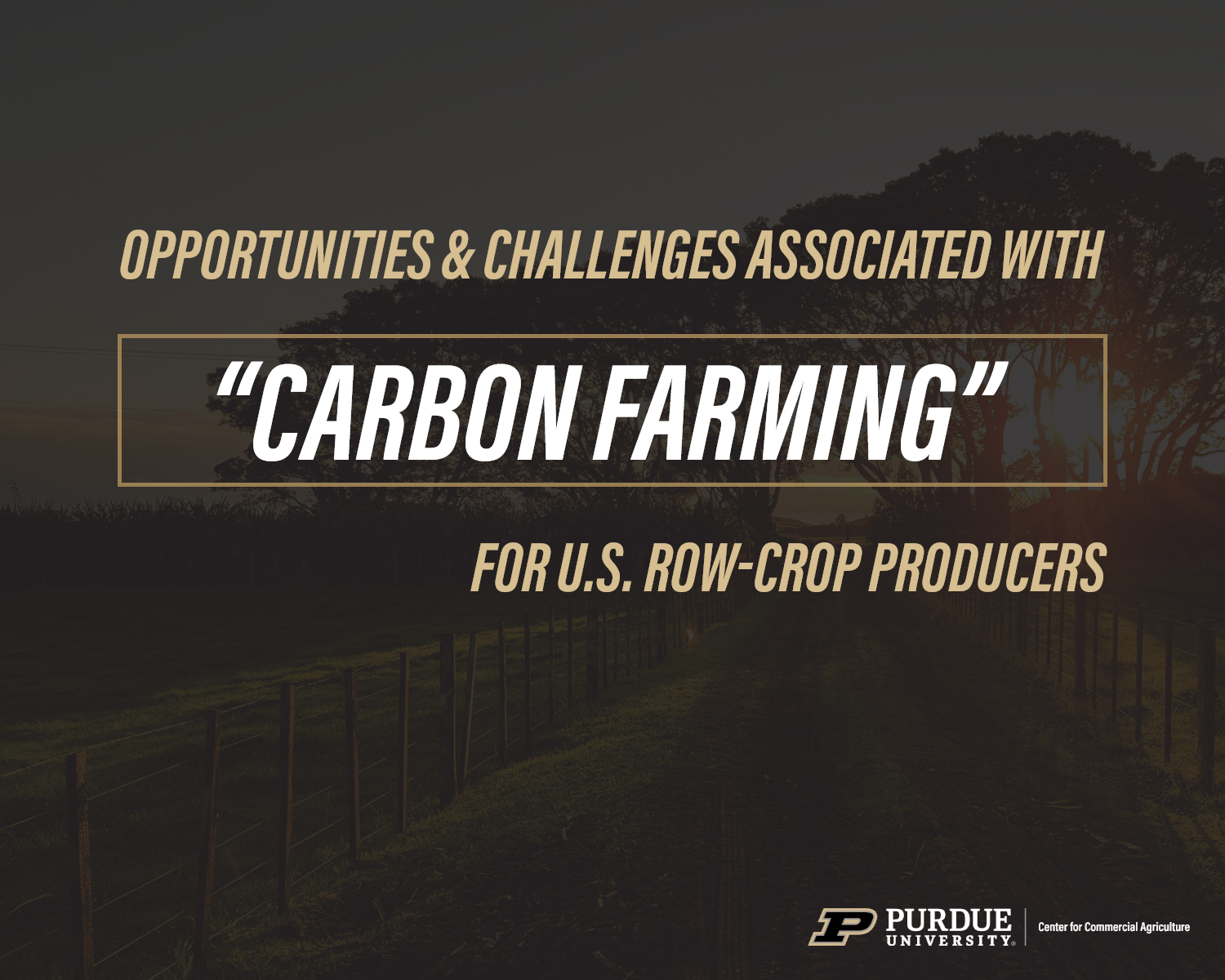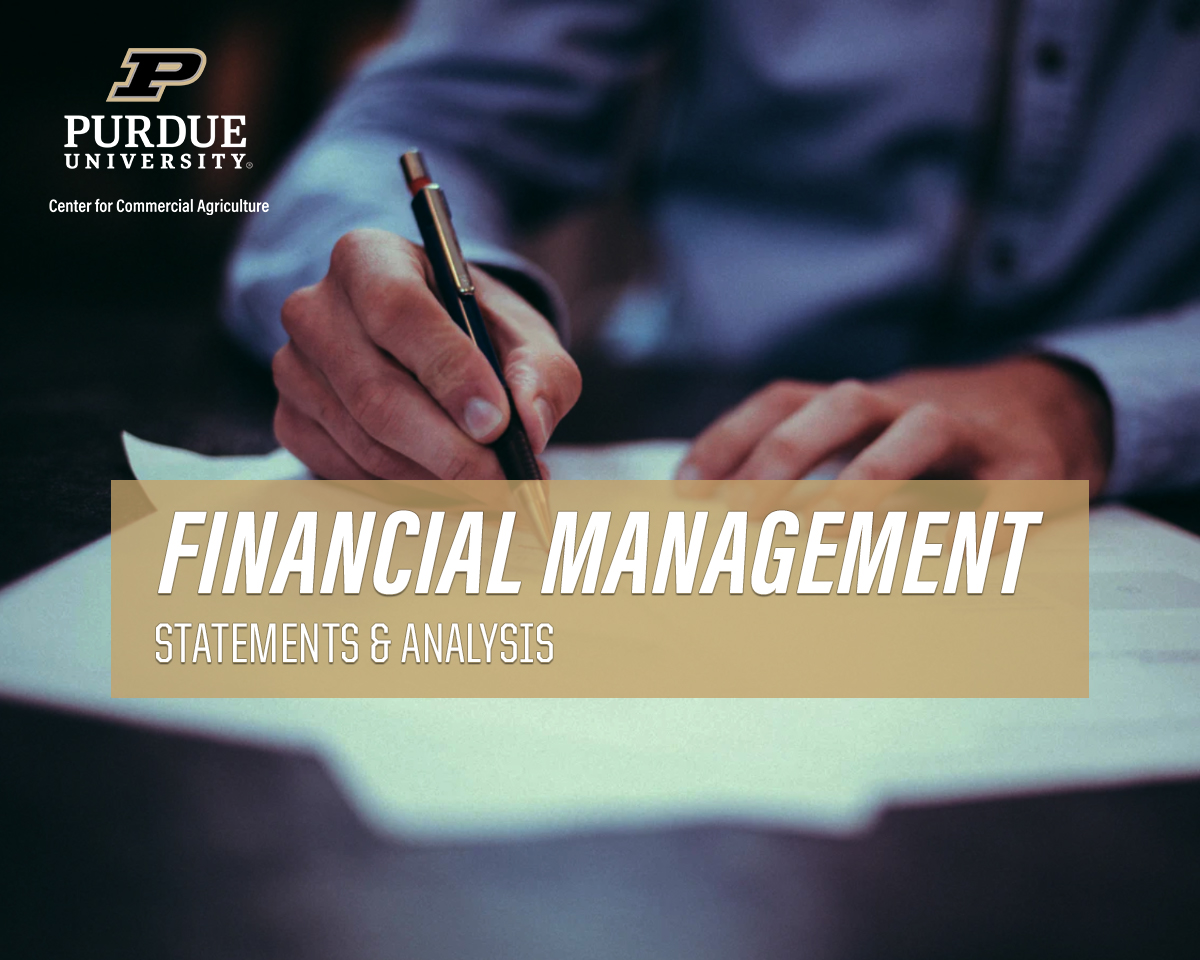Trends in General Inflation and Farm Input Prices
Recent data shows that while farm input prices are influenced by general inflation, they often diverge due to distinct supply and demand dynamics for each input. This article explores long-term trends from 1973–2024 and highlights how inputs like labor and machinery tend to track inflation more closely than others like feed or fertilizer.
Read MoreFarmer Sentiment Improves as Long-Term Optimism Outweighs Tariff Concerns
Farmer sentiment improved in April as producers expressed more optimism about current and future conditions on their farms. Purdue ag economists James Mintert and Michael Langemeier share their insight into the results of the April 2025 Ag Economy Barometer survey, conducted from April 14-21, in this episode of the Purdue Commercial AgCast.
Read MoreTrends of Increasing Basis Continue Across the Eastern Corn Belt
Corn and soybean basis levels across the Eastern Corn Belt have strengthened for the second month in a row, with many locations now reporting a positive basis—especially at ethanol plants, soybean processors, and Ohio River terminals. Central Indiana and regional trends show basis levels outpacing historical averages, creating timely opportunities for improved grain marketing. Stay ahead of local trends with the Purdue Crop Basis Tool.
Read MoreChanges in Corn and Soybean Profitability (Dec ’24 – Apr ’25)
Profitability expectations for corn and soybeans in Indiana have shifted sharply in recent months, driven primarily by changing crop prices and updated USDA yield estimates. Learn why soybeans continue to show a strong net return advantage—even as tariffs, market volatility, and evolving policy developments reshape the outlook—by diving into our month-by-month breakdown of budget projections from December through April.
Read More2025 Indiana Farm Custom Rates
The rates reported in this publication were compiled from questionnaires received from farmers, farm owners, farm custom operators, and professional farm managers in Indiana during the last month of 2024 and the first three months of 2025. Respondents were asked to report custom rates they had either paid or received during the past year.
Read MoreUnderstanding Ag Policy: A Conversation with Matt Erickson
Matt Erickson, an ag economic and policy advisor and former chief economist for the US Senate Committee joins hosts Todd Kuethe and Chad Fiechter in this episode of Purdue Commercial AgCast.
Read MoreBuying Inputs in the Current Business Climate
Grain farmers are facing significantly lower crop prices and incomes in 2025 compared to previous years which have resulted in intense pressure to lower costs through negotiations on cash rents and purchased inputs. Much of this negotiation has focused on price – farmers are asking for price reductions, but suppliers of fertilizer, seed, and chemicals are hesitant to adjust prices down. In many cases suppliers have laid in inventories at costs that provide little flexibility to reduce prices without dramatically compressing their margins.
Read More2025 Crop Cost and Return Guide
The Purdue Crop Cost and Return Guide offers farmers a resource to project financials for the coming cropping year. These are the March 2025 crop budget estimations for 2025.
Read MoreProducer Sentiment Slips Due to Rising Policy Uncertainty
Weaker expectations for the future led to a decline in farmer sentiment in March as the Purdue University/CME Group Ag Economy Barometer index fell 12 points to a reading of 140, down from 152 a month earlier. Purdue ag economists James Mintert and Michael Langemeier share their insight into the results of the March 2025 Ag Economy Barometer survey, conducted from March 10-14, in this episode of the Purdue Commercial AgCast.
Read MoreFollow @PUCommercialAg to see the latest farm management news.
Find out where we will be presenting next as we collaborate with others.




